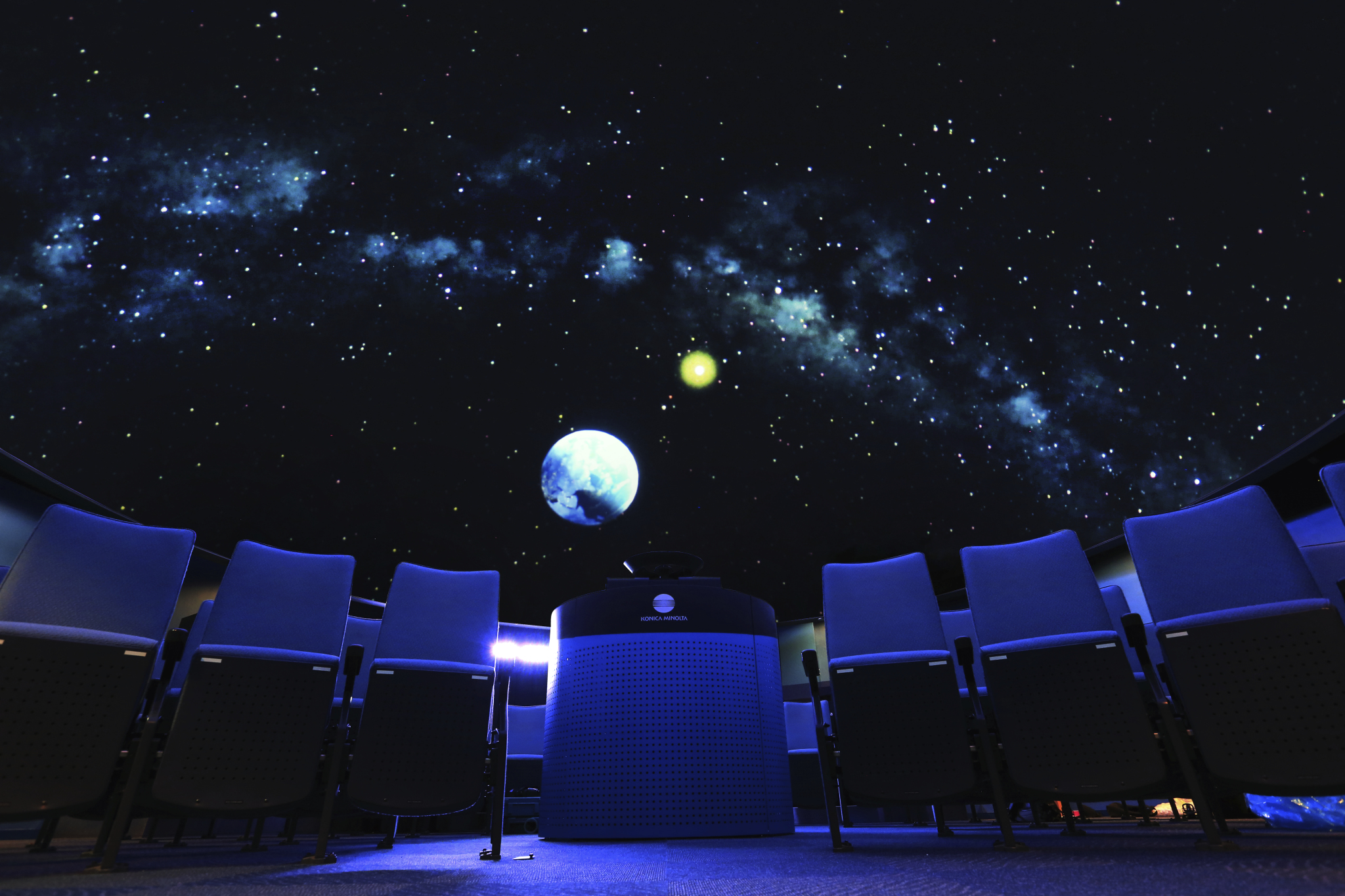Planetariums are facing a unique challenge in the educational attractions industry and may require regular upgrades to keep pace with visitor expectations. With guests having so many educational and entertainment options, attracting new and repeat visitors can feel like an uphill battle. The past “one-size-fits-all” technology designs are now irrelevant. When it’s time to remodel or upgrade a planetarium, you need to consider factors beyond just technology to attract and retain visitors.
When many industries face such a widespread change, oftentimes they don’t know where to turn for help. Luckily, planetariums all over the world can rely on the International Planetarium Society (IPS) to provide valuable resources in changing times. For example, IPS’s extensive guide to planetarium design and operations provides a strong foundation for a successful planetarium upgrade. Mechdyne has combined this guide with our experience working with some of the most prestigious planetariums in the world to identify key factors you should consider when refreshing or building a planetarium.
1. What types of planetarium shows you offer?
The type of content, length, and show frequency plays a major role in what type of technology is best for an upgrade. A film’s focus—including educational, entertaining, immersive, or animated—will greatly impact what technology will work best for you. In many cases, you may show a variety of show types that will require a flexible solution that fulfills different technical requirements. Color, contrast, brightness, resolution, and refresh rates are critical components to any planetarium technology. However, the content type should drive which component will be most critical.
2. Who visits your planetarium, and what are they expecting?
Planetariums fill a variety of roles in the community, such as holding specialized events, renting out space, hosting special speakers or groups, and providing age-specific events or films. Often times, patrons don’t judge a planetarium simply by its show, but also by other interactive technology or exhibits. Anticipate your guests’ expectations, and consider their overall experience when planning for an upgrade.
3. How do you know if your planetarium is successful?
There are many different ways a planetarium can measure success. Align your metrics with your unique goals and objectives. For example, if your primary goal is to show as many films as possible, your metrics may relate to technology uptime, requiring the most reliable technology selections. If your goal is showing a variety of films, your metrics may relate to audience demographics which means you will need flexible technology solutions. Your metrics will greatly impact what technology components will meet your needs.
4. What technologies won’t be upgraded?
When upgrading technology in a planetarium, it’s critical that new components will still function optimally with existing technology that you plan to still utilize. For example, if your content requires a certain resolution or color contrast, new and existing technology must work together to ensure the best experience. Have clear and open communication with a technology partner on what you’re using now in addition to goals for future capabilities. This helps the partner guide you toward solutions that truly match what you hope to accomplish in your planetarium.
5. What happens when your system goes down?
When systems go down, organizations suffer lost revenue and disappointed visitors. Not only does a dark system affect your bottom line, but your reputation can be drastically impacted. First, understand exactly what the impact is for any technology malfunctions – this can drive many of your technology choices. Different technologies provide different results for ease of maintenance, performance consistency, and issue resolution. Also, consider maintenance plans or technical service options that are ideal for your technology selections.
6. What is your date for reopening, or when are you hosting your grand opening?
Timeline is critical in a planetarium upgrade or grand opening. Missed deadlines can cost an organization more than just lost profits on the days they are closed but can impact future visits, stakeholder donations, and event schedules. Communicate your delivery, installation, and commissioning requirements with your technology partner well in advance, and hold them accountable to their delivery dates.
7. What does your budget accommodate?
Many organizations expect the total project cost to be what’s on the signed contract. Unfortunately, many technology companies trap customers with costly change orders, sometimes as large as 20 percent. Some planetariums compensate for this by having contingency funds for change orders. Others have to go through the painful process of quickly raising additional funds. Instead of accommodating for future change orders, ask technology providers for their change order percentage to ensure your budget accommodates a total cost of ownership instead.

